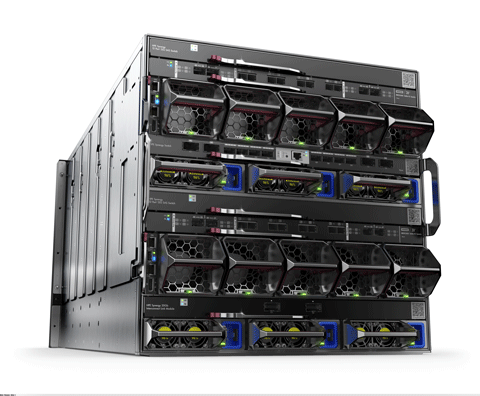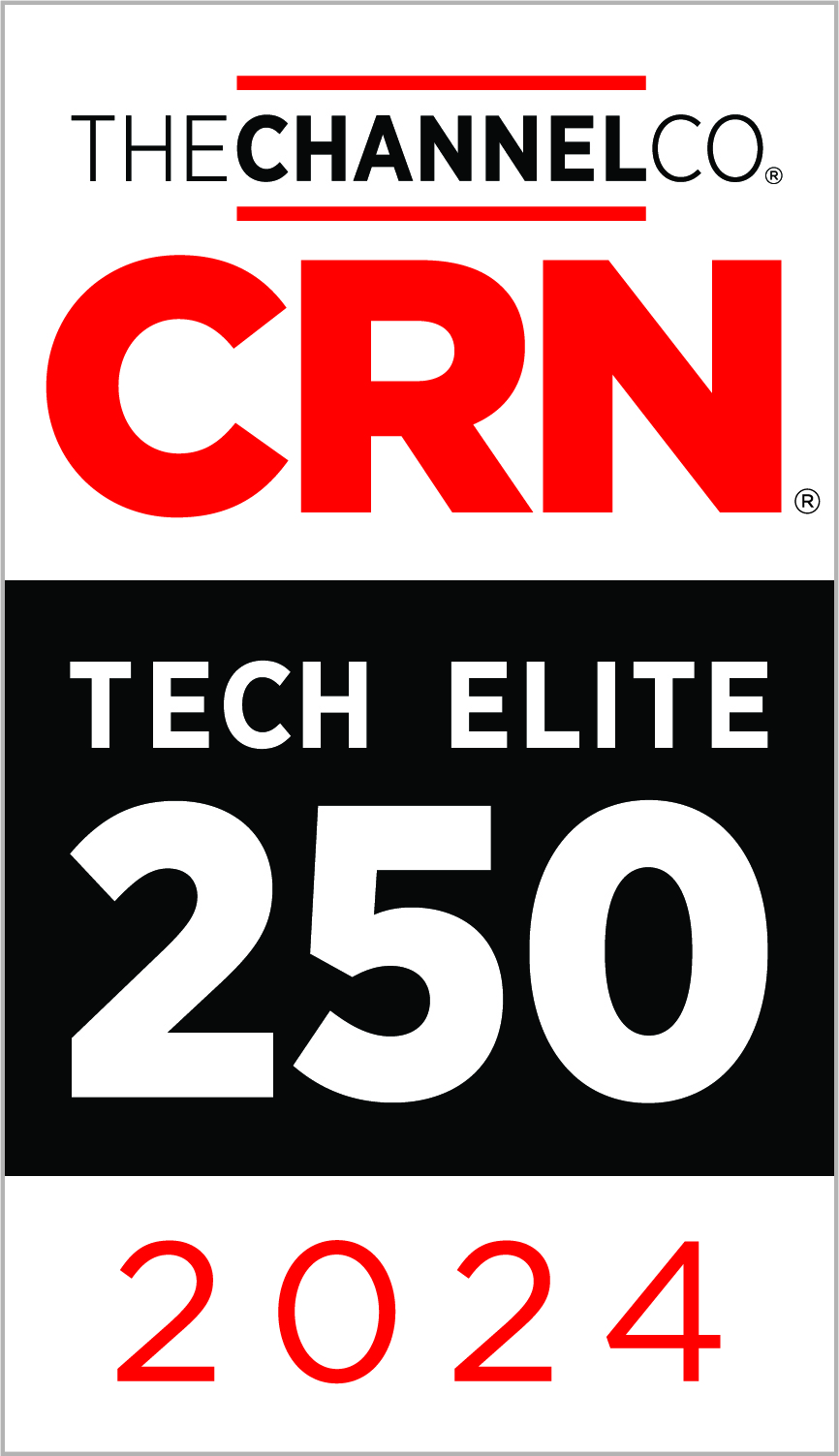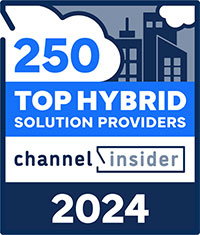What’s New with HPE Synergy?

HPE Synergy- Six Years of Innovation
It has been a while since we talked about the Hewlett Packard Enterprise Synergy platform. It is hard to believe it was announced in 2015 and is already 6 years old. This platform was definitely built with the future in mind. It was designed from the ground up to support future technologies and communications bandwidth. Server hardware has taken a back seat to the conversations around Cloud, Hybrid Cloud, HyperConverged, Security, Ransomware and Anything as a Service.
Since 2015, the Compute Modules have migrated from the Gen9, to the Gen10 and now the Gen10 Plus. We still have a lot of conversations around hardware in the data center. The goal around the Synergy platform is to provide a “cloud-like” (on demand resources) experience in your data center.
Cloud-Like Experience
The HPE Synergy platform is defined as a composable, software-defined infrastructure that allows you to provide that cloud-like experience. This platform enables you to compose fluid pools of resources (physical or virtual compute, storage, and fabric) to meet the requirements of your workload. This can be done using the unified API to simplify and automate deployments. Using this API, you can provision the required resources with a single line of code.
The design of the Synergy platform allows you to manage one infrastructure that can quickly scale and reduce complexity in your environment. This infrastructure will support current- and next-gen apps, each with vastly diverse infrastructure requirements and service-level objectives. The applications can run on physical hardware, virtual hardware or containers, all in the same frame.
Industry Leading Security
As will all HPE Servers, the Gen10 and Gen10 Plus has provided industry leading security. They have designed and implemented an enhanced, holistic, 360-degree view to security that begins in the manufacturing supply chain and concludes with a safeguarded, end-of-life decommissioning.
This all starts with the Silicon root of trust that is built into all Gen10 and Gen10 Plus servers. The Silicon Root of Trust from Hewlett Packard Enterprise (HPE) has been designated a 2019 Cyber Catalyst cybersecurity solution. It protects against firmware attacks, detects compromised firmware or malware, and helps to rapidly recover the server in the event of an attack. This starts with the HPE developed and proprietary iLO 5 management. The iLO 5 ensures all firmware and the BIOS have the proper signature before it allows the machine to power on.
This level of security protects all firmware and BIOS through a key programmed into chip silicon at a TAA compliant chip production facility. It also integrates security with HPE Secure Start and Secure Boot to protect all BIOS, firmware, SPS, IE and boot sequence. The recovery process automatically quarantines compromised BIOS and firmware, then re-flashes with a known good image.
Budget Savings
With composable compute delivered as an on-premises cloud service, you’ll gain agility and avoid costly manual configuration and management of compute resources. When coupled with HPE GreenLake, you will have a powerful, software-defined, composable compute infrastructure that composes physical and virtual compute, storage, and fabric pools into any configuration for any application. If you choose the pay-per-use model for on-premises compute assets, it will enable you to align IT spend with actual usage. You only pay for what you use above a reserve. This model will provide you with near-real-time visibility into your usage data, and you can set budgets, create reports, and build rules-based insights.

What’s New in HPE Synergy?
So what’s new in HPE Synergy? The latest compute modules announced is the HPE Synergy 480 Gen10 Plus. This new compute module is an all-new design around Intel 3rd Generation Xeon Scalable Processors. It can provide up to a 40% increase in performance over earlier processor generations. This performance gain is achieved with improvements to the product line design around the processor, memory, storage, and boot options.
The HPE Synergy 480 Gen10 Plus compute module delivers the performance, efficiency, and flexibility of a 2-socket server to support the most workloads. The Gen10 Plus provides more cores for a new level of workload performance and expanding ESXi VMs, expanded the memory DIMM socket count to 16 slots per socket, with 8 channels @ 3200 MT/S increased speed. The new Gen10 Plus has also expanded the capacity and persistence of the Intel Optane 200 memory support.
There are many additional upgrades and improvements to the Synergy Frame, more information can be found at HPE Synergy Composable Software Defined Infrastructure Platform | HPE.
Contact Zunesis today to find out more about HPE Synergy.
Categories
Search
Blog Categories
Related Resources
Archives
- July 2024
- June 2024
- May 2024
- April 2024
- March 2024
- January 2024
- October 2023
- September 2023
- August 2023
- July 2023
- June 2023
- May 2023
- April 2023
- March 2023
- February 2023
- January 2023
- October 2022
- July 2022
- June 2022
- May 2022
- April 2022
- March 2022
- February 2022
- January 2022
- December 2021
- November 2021
- October 2021
- September 2021
- August 2021
- July 2021
- June 2021
- May 2021
- April 2021
- March 2021
- February 2021
- January 2021
- December 2020
- November 2020
- October 2020
- September 2020
- August 2020
- July 2020
- June 2020
- May 2020
- April 2020
- March 2020
- February 2020
- January 2020
- December 2019
- November 2019
- October 2019
- September 2019
- August 2019
- July 2019
- June 2019
- May 2019
- April 2019
- March 2019
- February 2019
- January 2019
- December 2018
- November 2018
- October 2018
- September 2018
- August 2018
- July 2018
- June 2018
- May 2018
- April 2018
- March 2018
- February 2018
- January 2018
- December 2017
- November 2017
- October 2017
- September 2017
- August 2017
- July 2017
- June 2017
- May 2017
- April 2017
- March 2017
- February 2017
- January 2017
- December 2016
- November 2016
- October 2016
- September 2016
- August 2016
- July 2016
- June 2016
- May 2016
- March 2016
- February 2016
- January 2016
- December 2015
- October 2015
- September 2015
- August 2015
- July 2015
- June 2015
- May 2015
- April 2015
- March 2015
- February 2015
- January 2014
- February 2013




